Justice denied: Life-altering verdicts handed down in sardine tin courthouses
Terrorism courts and public prosecutors work in trying circumstances to deliver justice.
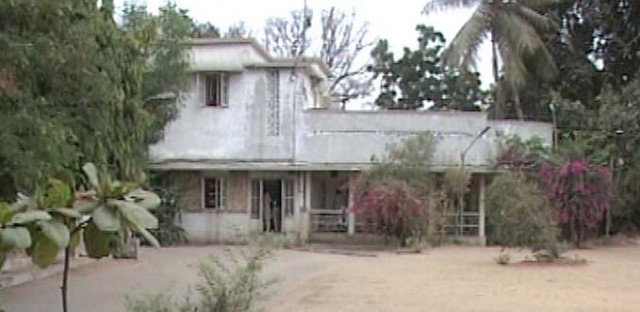
The judges are making decisions that literally hold the weight of life and death. Yet the settings in which these verdicts are handed down are no better than a souped-up chicken coop.
In Karachi, where government infrastructure strains against the seams of red tape, neglect and indifference, people often forget that sometimes power needs its trappings. As far as judicial power goes, take the example of one of the most significant trials to take place so far this year.
The courthouse where Shahid Zafar was given the death sentence for killing Sarfraz Shah is nothing but a weathered carcass that once served a resthouse for the defunct Karachi Municipal Corporation. It is here that two anti-terrorism courts of the Karachi division have been working under what can only be described as “trying” circumstances.
On Friday, when anti-terrorism court No. 1 was about to announce the verdict in the Sarfraz Shah murder case, the power went out for hours. Court staff scrambled to fling over a “kunda” connection just long enough for them to be able to crank up a computer and other equipment for the judgment.
Throughout the trial, dozens of journalists regularly squeezed themselves into Judge Bashir Ahmed Khoso’s tiny 10 by 16 feet courtroom where it was nigh well impossible to breathe in the humid weather much less properly pay attention and take notes for the high-profile case.
“We sweat, day in and day out,” said a senior official who has been associated with the anti-terrorism courts for more than a decade. “The home department remains unmoved to our requests to either improve the conditions here or preferably shift the ATCs from this haunted place to a proper building.”
The courtroom where justice was delivered for Sarfraz Shah had a ceiling fan before the trial began. And it was only because of the media influx that an air-conditioner was installed, another court official told The Express Tribune.
The roof and parapet are falling and we are constantly afraid someone will get hurt because of the dilapidated condition of the building, said officials. But despite these handicaps the anti-terrorism courts work for long hours and deliver justice as in the case of the Sarfraz Shah murder trial.
For the judges and lawyers such as the special public prosecutors there are no oak-paneled corridors, coolly tiled and brightly lit. “We have no almirahs to keep our case files,” said one public prosecutor. “We take important files home every day and bring them back the next morning as the case proceeds.”
It is not even just the physical infrastructure that is woefully inappropriate for institutions such as the judiciary. We are the peons, clerks, typists and prosecutors as we are not provided any support staff, said the public prosecutors. Something as simple as photocopying, a small but intrinsic part of any case, also falls to the prosecutors. “Previously we were provided a security escort,” one prosecutor pointed out. “But now we don’t have any such thing.” They arrive on motorcycle or in public transport, exposed to the risk of attack by the people linked to those they prosecute.
For whatever it is worth, however, the judiciary is aware of these problems. In May, it said that shifting the city courts to a bigger complex, preferably the Central Prison, Karachi area, is a top priority. The Sindh High Court is ready to return 11 acres of the city courts complex to the government and proposes a new judicial complex at the central prison. The prison can be moved to the Malir district prison or the government can identify another piece of land appropriate for a new prison.
Published in The Express Tribune, August 15th, 2011.

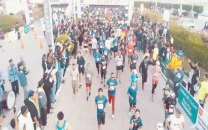
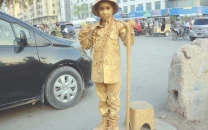

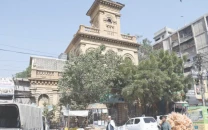
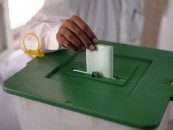













COMMENTS
Comments are moderated and generally will be posted if they are on-topic and not abusive.
For more information, please see our Comments FAQ